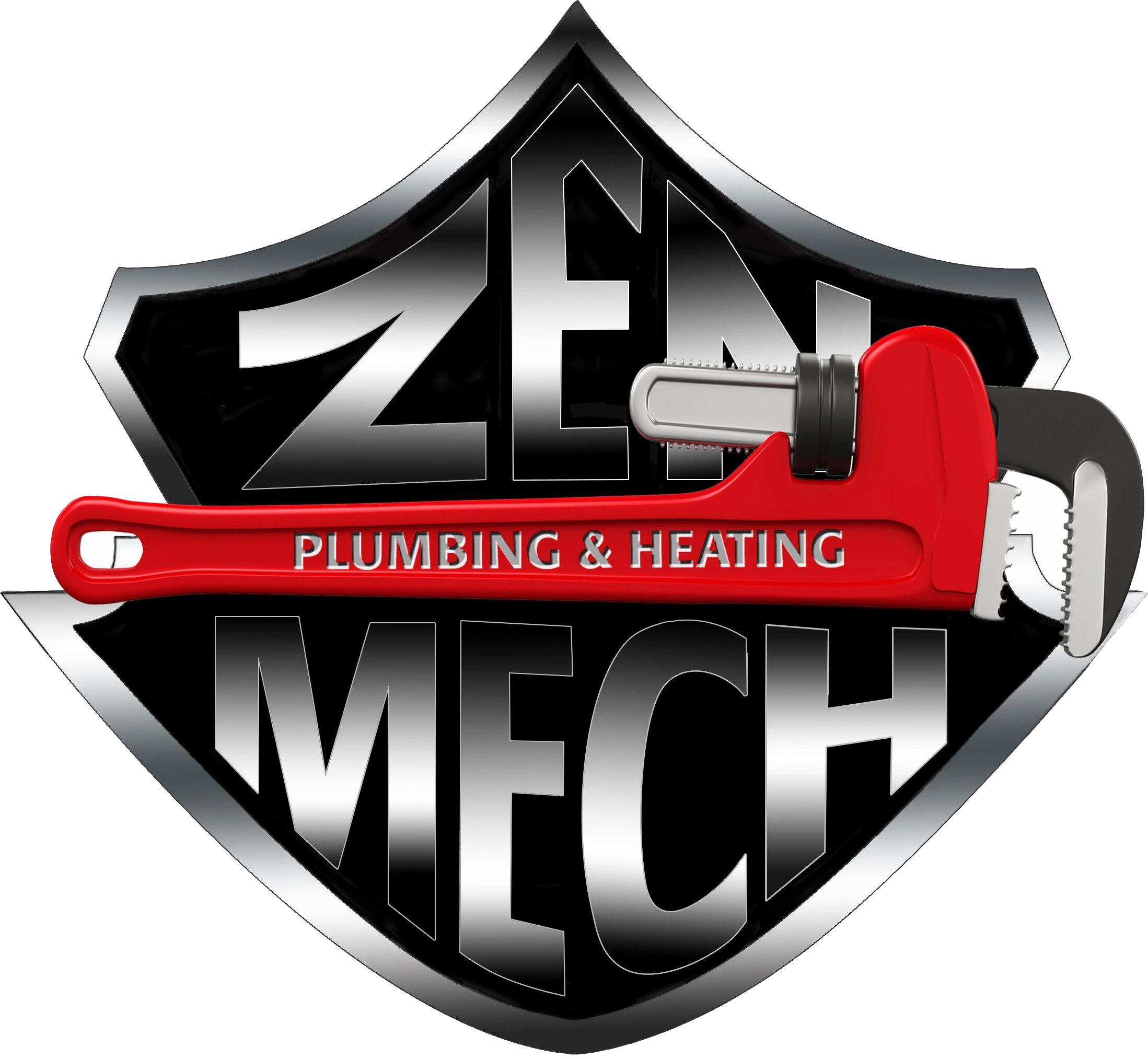Is Your Drain Clog A More Serious Problem?
Drain clogs. We’ve all experienced them, whether it is in your bathroom sink, your bathtub, your kitchen sink, your toilet, or other areas. It is common, and you likely are aware and have experience as to how to address these clogs. However, clogs that persist, or do not resolve after treatment can indicate a more serious problem.

What do clogs look like?
You have a drain clog if you experience any of the following:
- Toilet bubbling
- Water backing up in to the sink, bathtub or shower
- Water coming out from the base of the toilet
- Water draining very slowly
- Foul odour from drain
- Puddles of water near sinks, tubs, toilets
Types of Clogs
Single Drain Clogs
The easiest to fix and most common types of clogs are single drain clogs. These types of clogs are only affecting a singular drain and do not effect your entire plumbing system. These clogs can typically be fixed yourself with a plunger, or other methods of pulling the clog from the drain. We strongly recommend you stay away from chemical drain cleaners as they can cause corrosion to your pipes.
Single drain clogs typically occur in:
- Bathroom Sink / Shower
These clogs commonly happen due to hair, shaving cream, soap scum, and other build up over time.
2. Kitchen Sink / Dishwasher
These clogs are often due to food debris mixed with grease, oil and fat causing an obstruction.
The clogs that we have just described, although an annoyance to the homeowner, are typically easy to resolve. However, if these clogs do not resolve after removing the debris, or keep coming back, or show signs in another drain, it is likely that you have a clog that is affecting other elements of your plumbing system.
Multiple Drain Clogs
These types of clogs often reveal a larger problem. The clog is often located out-of-reach and involves many system components. Therefore, the expertise of a fully-licensed, experienced plumber to resolve the issue is needed.
- Drain Pipes
All of the water used by your sinks, toilets and appliances travel down a system of drain pipes in order to ensure that this water leaves your property and reaches a main sewer line. In typical drain clogs, the root of the problem lies in the P-trap, a U-shaped pipe below toilets and sinks that prevents debris from travelling through the plumbing system. However, if the debris builds up past this area, it can constrict these pipes and prevent water from flowing properly through this entire system.
2. Vent Pipes
If a clog is located in the drain pipes, it is possible that it is also affecting your vent pipes. These pipes allow outside air in, compressing air ahead of the water flow and creating a partial vacuum behind the water flow. If the clog prevents air from getting in the pipes, the unequal water pressure can serve to slow down drainage.
2. Main Sewer Line
A clog can also be located in your sewer line, which is where all drain pipes lead to in order to be transported to a public sewer system or a septic tank. A sewer line clog can cause your water to back up and can eventually lead to severe damage.

Given that multi-drain clogs effect your plumbing system and are located in less accessible areas and require experience in order to assess the situation and exercise an appropriate solution, a licensed plumber is required.
Our team at ZENMECH is able to efficiently clear obstructions using machine augers, commercial water-jets, or other specialized equipment/tools. We are also able to perform no-dig solutions or trench-dig repairs to resolve more serious issues affecting your sewer line.
However, multi-drain clogs are not the only clogs that need plumber attention. For a general inspection of your slow drain, to assist you in clearing your P-trap, or anything in between, our experienced professionals are here to help.
